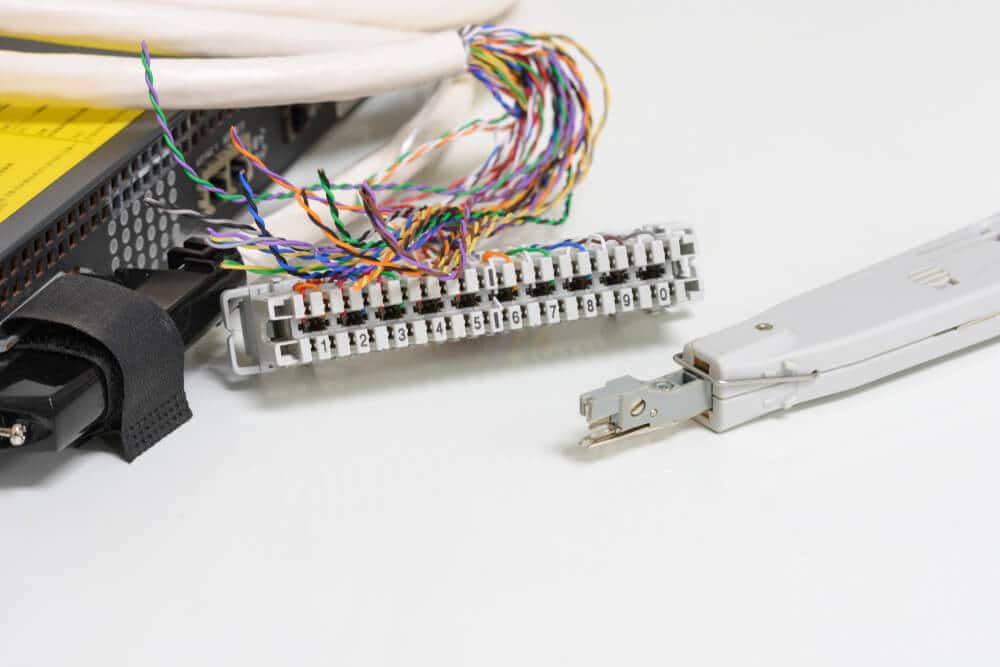SIP trunking is the latest buzz phrase to hit the world of telecoms, but exactly what is it and what does it do? Basically, a SIP trunk makes a direct connection between your premises and the PSTN network, using internet technology. It’s a technology that’s being used as a replacement for ISDN lines because it’s cheaper and easier to scale as the business expands. It’s related to voice over IP (VoIP) systems but is aimed at business users who need to seamlessly link their telephone systems to the wider network. It is therefore often used with existing PABX systems because it can offer a relatively seamless transition.
Cost savings on voice termination
Business innovations are often sold on the basis of cost savings and they don’t always deliver. The greatest advantage of SIP trunking is in the way that it can help to cut communication costs. Not only are rental costs for SIP trunks much lower than for traditional ISDN lines, but you can usually save on landline call costs – or even get them free – too. It is, of course, important to balance this against quality. In order to ensure call quality, you may have to switch to a more reliable internet connection, such as a leased line. Even so, the extra costs of doing this should be offset by the savings possible from switching your calls to SIP trunking.
In many cases, a SIP trunk system will be compatible with your existing PABX equipment. However, you do need to check as this is not always the case. Service providers will usually be able to offer a service that checks compatibility and ensures that everything will work together to provide a smooth transition.
Communication strategy
Many businesses are turning to unified communications strategies (UC) in order to bring together all of their business communication needs via a streamlined set of gateways and interfaces. This is another area where SIP trunking can help to deliver. Crucial to UC is allowing systems to share information about the status and availability of users and how they are connected. Using SIP can allow a business to control multiple numbers regardless as to which network they are on or what device they are connected to locally.
It also means that mobile apps can connect directly to the SIP, allowing them to access the business phone system, helping you to save on your overall business call costs and allowing mobiles to make calls that appear to come from your main business number. Of course, it works the other way too, incoming calls to the main business number can be diverted directly to an employee’s mobile, so that field workers need never be out of touch.
It also becomes much easier to handle communication for multiple sites. Previously this might have required an ISDN line and a PABX at each location. Using a SIP, the number of connections can be reduced along with their associated maintenance costs, resulting in significant savings on communication costs.
Scalability of the system comes into play here too. Extra trunks can be added as required with minimal lead time, so it’s easy to cope with peaks of seasonal demand or meet the demands of overall expansion of the business. Capacity can easily be reduced again at quieter periods too, so there’s no need to pay for services you only use occasionally.
If you’re considering changing location, perhaps relocating to larger premises, a SIP trunking system allows you to keep your existing number structure. It also means you can manipulate numbers, so that calls can go out on a number that is not located to the geographic location, making calls appear to be from local branch offices for example.
Security and resilience
There are often concerns about services that use the internet. But provided that it is implemented properly, the risk of fraud should be minimal. Indeed, a correctly configured SIP trunk should allow you to secure your own traffic with dedicated firewalls or firewalled routers.
Any disruption of services can lead to major costs for a business. Using SIP for your communications can be a major positive when it comes to disaster recovery planning. Thanks to SIP trunking, you can easily divert your lines to another location, should you need to move to temporary office space, for example, while retaining your numbers and your service capacity. Diverting calls can be almost instant, so you can easily cope with an outage at a particular site or a sudden spike in demand at one location.
Given all of these advantages, it’s not surprising that more and more companies are adopting SIP trunking for their communications. In the UK alone it’s estimated that more than half of companies are now using SIP trunking for their voice systems.




